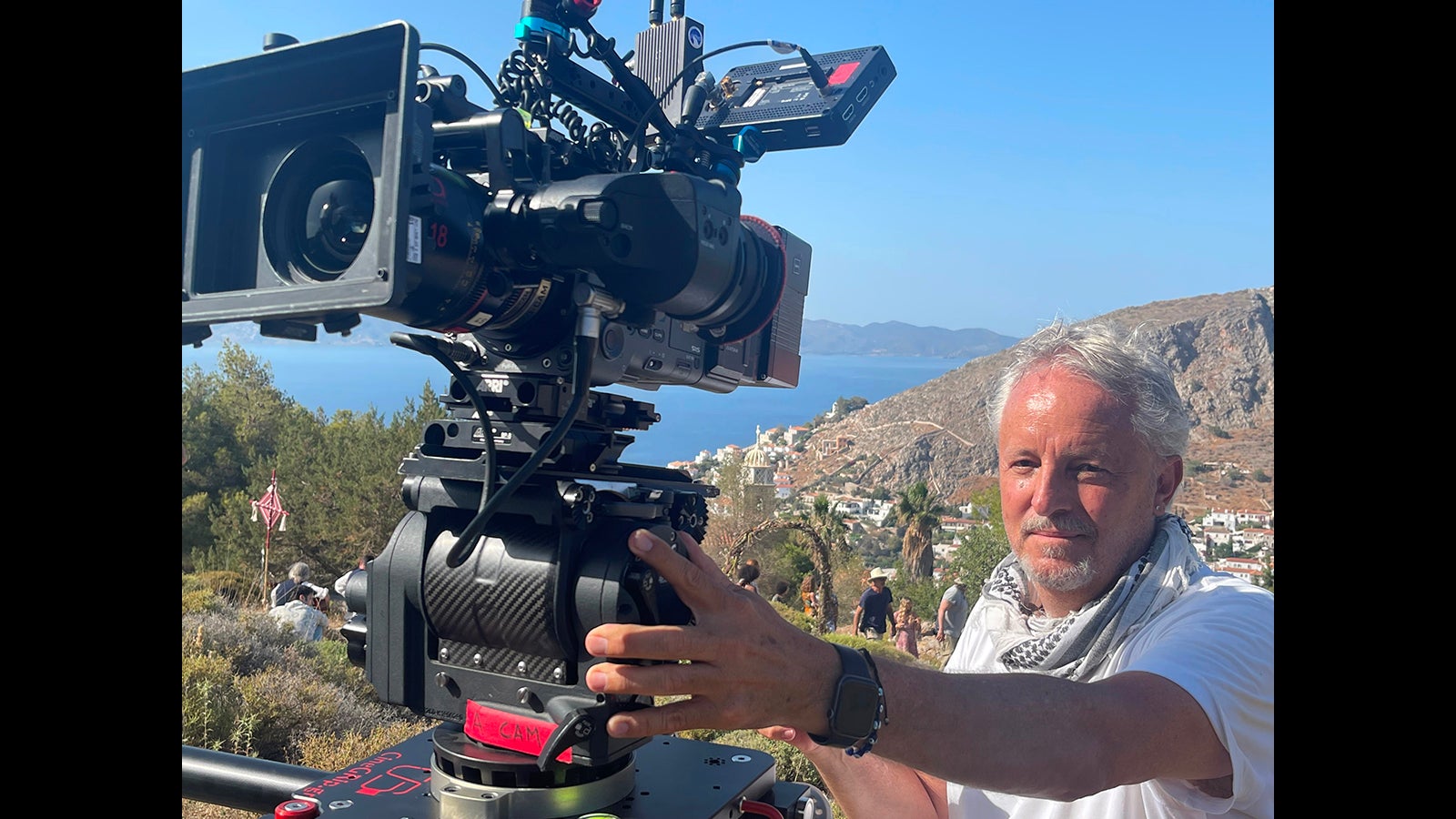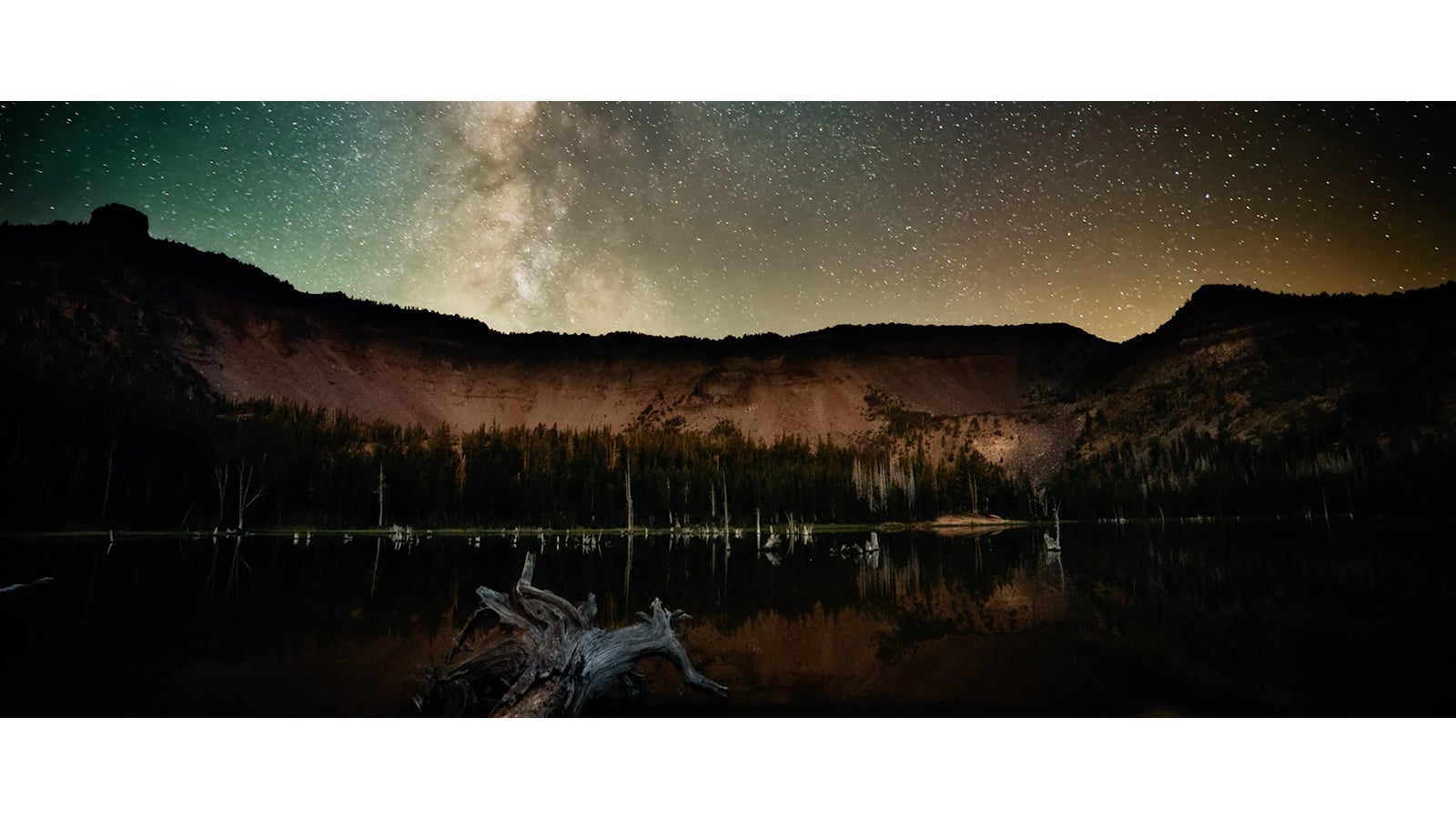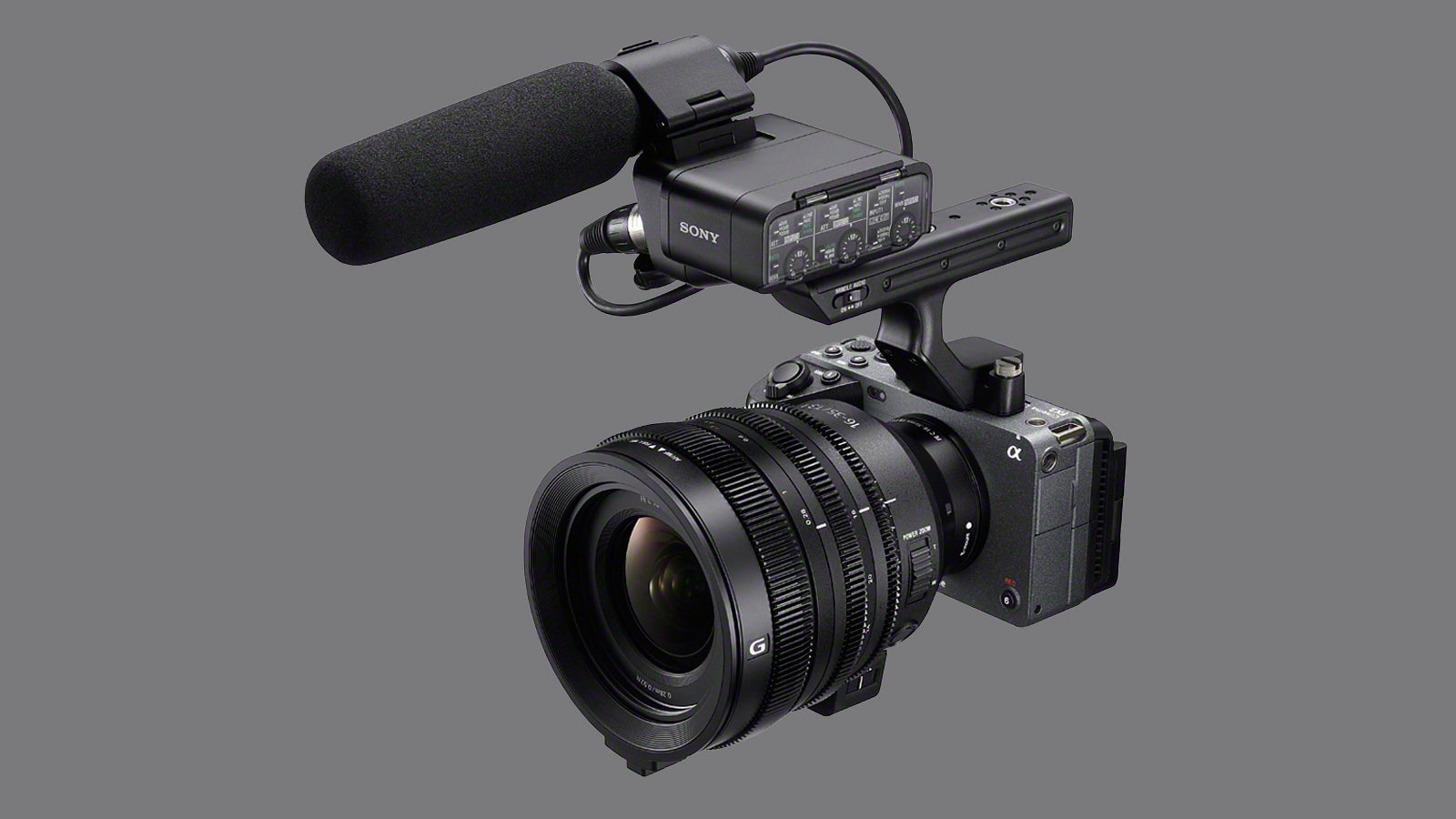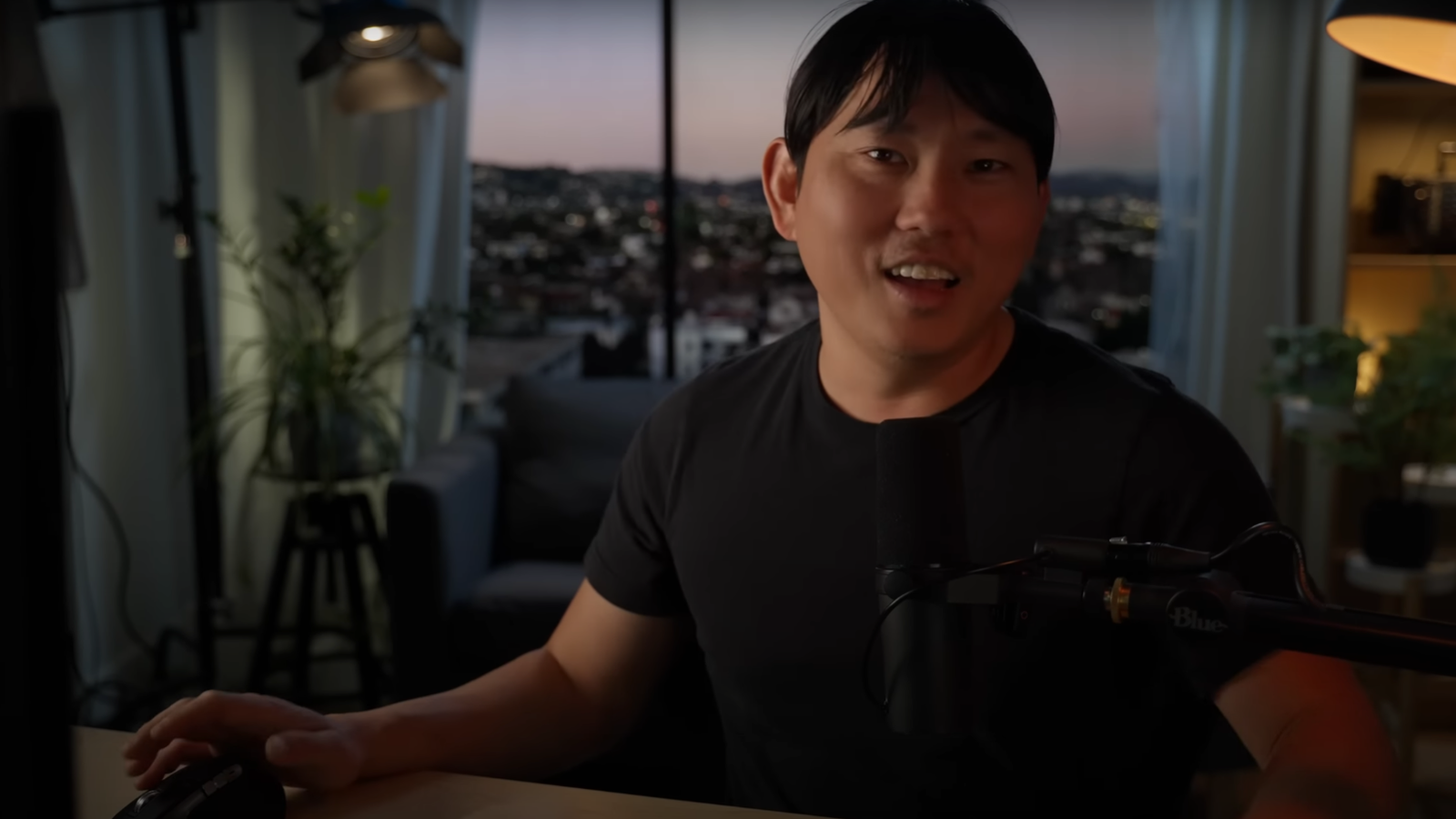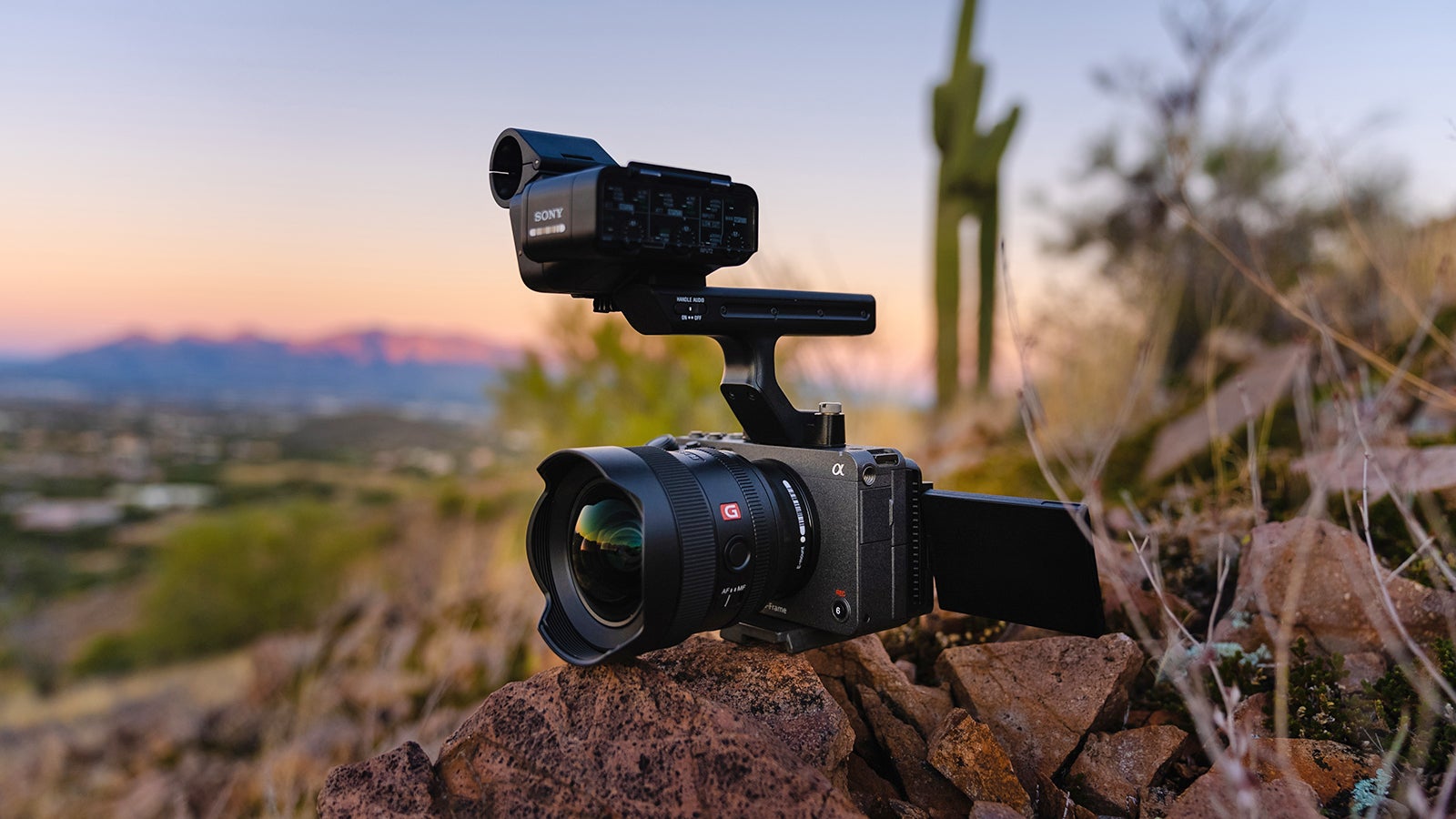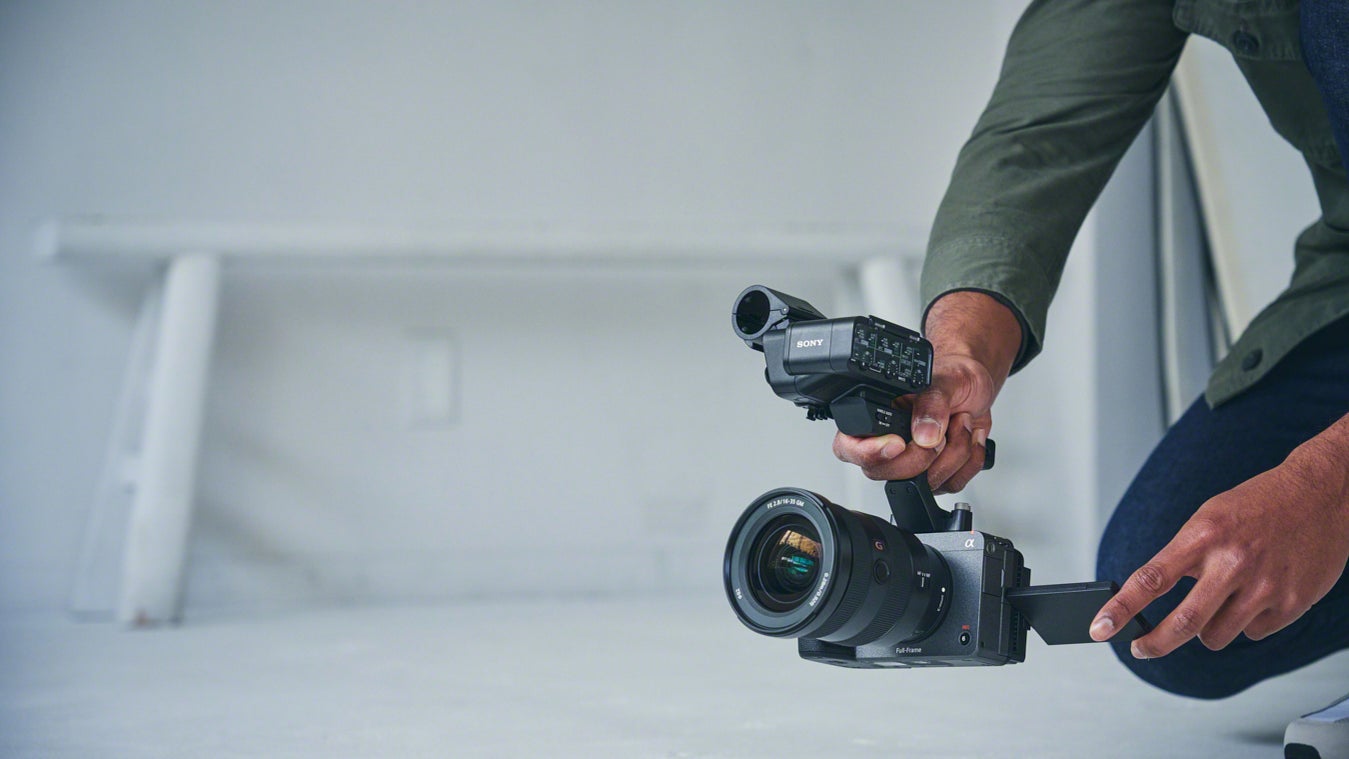
12-10-2024 - Filmmaker Interviews
Director Lauren Maya Davis Finds Expression Through Luminosity on Songbirds
By: Yaroslav Altunin
Born from personal experience working with children and rescued wolves, Songbirds is a short film by director/DP Lauren Maya Davis. Crafted around poignant moments and loosely based on scenes from the award-winning novel Theft by American writer BK Loren, the film is a visual feast that thrives in the world of black and white cinematography.
Songbirds was awarded bronze at the 2024 CICLOPE Festival in Berlin, has been awarded best short film at select US film festivals, and is part of the SHOOT 2024 22nd Annual New Directors Showcase.
Sony Cine sat down with Davis to learn more about the film, why she chose the Sony FX3, and how she and her team relied on mobility to discover unique visuals that delight the senses.
How the Sony FX3 Captures the Textures of Black and White Cinematography
Songbirds is a story about an incarcerated man awaiting his freedom, who travels inward to explore his past and younger self. Shot by Director of Photography Jack McDonald, the film paired the Sony FX3 with vintage Kowa anamorphic lenses from 1970s Japan, creating an ethereal wonderland in a super widescreen format.
"I used the camera’s full gate for our ratio, instead of cropping down" Davis said. "Ultimately landing on a uniquely wide ratio, providing incredible wide images, which I felt gave the viewer a more authentic experience of the beautiful, textured terrains in Mississippi."
This technical template laid the groundwork for exploring the black and white visual textures that Davis was utilizing to uncover the emotions in her story.
"The idea behind (Songbirds) was to create a sensory piece, a true visual poem" Davis explained. "At the time, I was exploring how our nervous systems interact with our environments. I wanted to capture detailed images that express that, like the runway of nerves on the back of our neck or the tension and release of a deep breath, and detailed images like this."
After delving into the visual research, including historical photography from the South and black and white cinema, Davis settled upon black and white cinematography early on.
“It was important this piece felt timeless, and black and white seemed to remove our sense of time in the image,” Davis continued. “We’re in the South, but it could be any era, so the choice to go black and white is to do with that and also experimenting purely with luminosity.”
“It is important every frame has layers of textures to it. We could use our light to enhance feeling through these layered textures."
To capture this timeless imagery, Davis chose to rely on the FX3 after working with DPs Greig Fraser and Oren Soffer, who had just come off The Creator. There, the FX3 was a critical part of making the film feel like a big-budget epic. The groundwork that Soffer and Fraser had done gave Davis and her team the expertise to focus on creativity instead of overcoming technical obstacles.
"I got excited about the FX3 while I was assisting with Greig Fraser and Oren Soffer on a project," Davis said. "And I ended up spending time with Oren just talking about their process for The Creator."
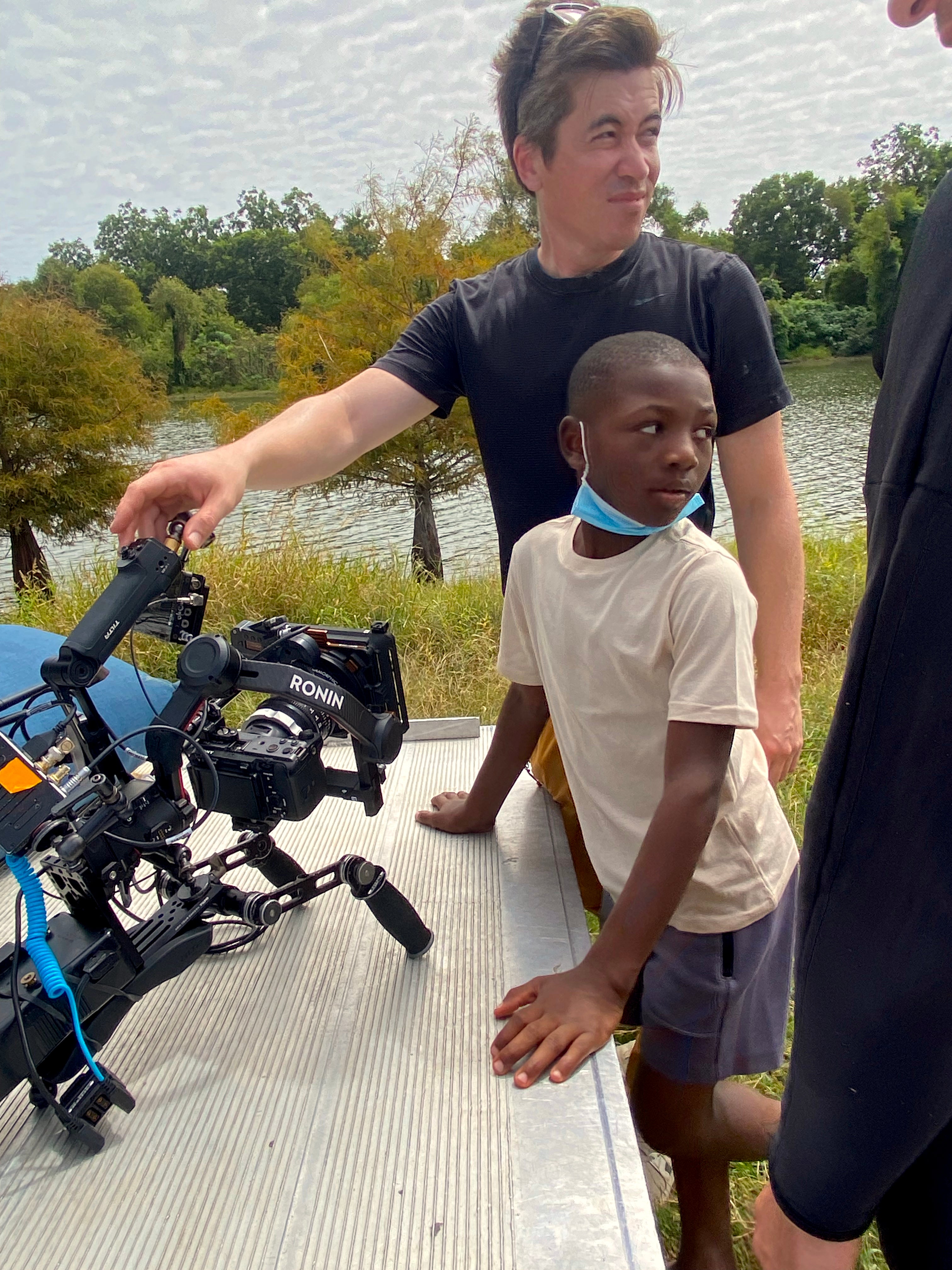
While Songbirds lacked the support of a multi-million dollar production, Davis and McDonald found the FX3 easily scalable.
"We always had two cameras," Davis said. “One on our custom rig, and another handheld."
"It was great for speed and having the freedom to film an environment surrounded by so much unexpected beauty," Davis added. "If an armadillo or dust devil passed by, we were able to flip between cameras and shoot the unexpected.”
The sensor and compact form factor of the FX3 allowed Davis the freedom to roam around Mississippi and capture stunning cinematography, from interiors lit only by flashlights, to meadows covered in midday sun, to moonlit exteriors.
"There's a nighttime scene in (Songbirds) where our two leads move through the kitchen, and we only use the light from their flashlights," Davis said. “There’s a mirror in the background, so the flashlight bounce off the mirrors gave us beautiful flares and halos, I suspect it was one of our last scenes of the day but it became a really exciting one.”
“In another night scene, we were shooting derelict barns in an open meadow, and again, we had a tiny amount of light," Davis continued. “But we could still capture the moon in the background sky."
With two cameras and a small team, the production moved between locations capturing footage using a stabilized custom Ronin often from a moving Gator UTV. Even weighed down by the heavy Kowa anamorphic lenses, the FX3 never became an obstacle to Davis' creativity.
"It gives incredible fall off, which allowed us to narrate the story and guide a perspective," Davis said. "How a child sees their world, seeing every detail but not fully able to interpret/intellectualize it yet. Hence, it becomes a very sensory experience."
"I wanted to make sure we had time and mobility to explore the visual poetry of the piece and experiment with all the layers of the story,” Davis said. "If you've got a bigger weight and you've got a bigger camera, you just lose that freedom."
"(The FX3) gives you that freedom to move around. For me, it heightens the level of creativity."
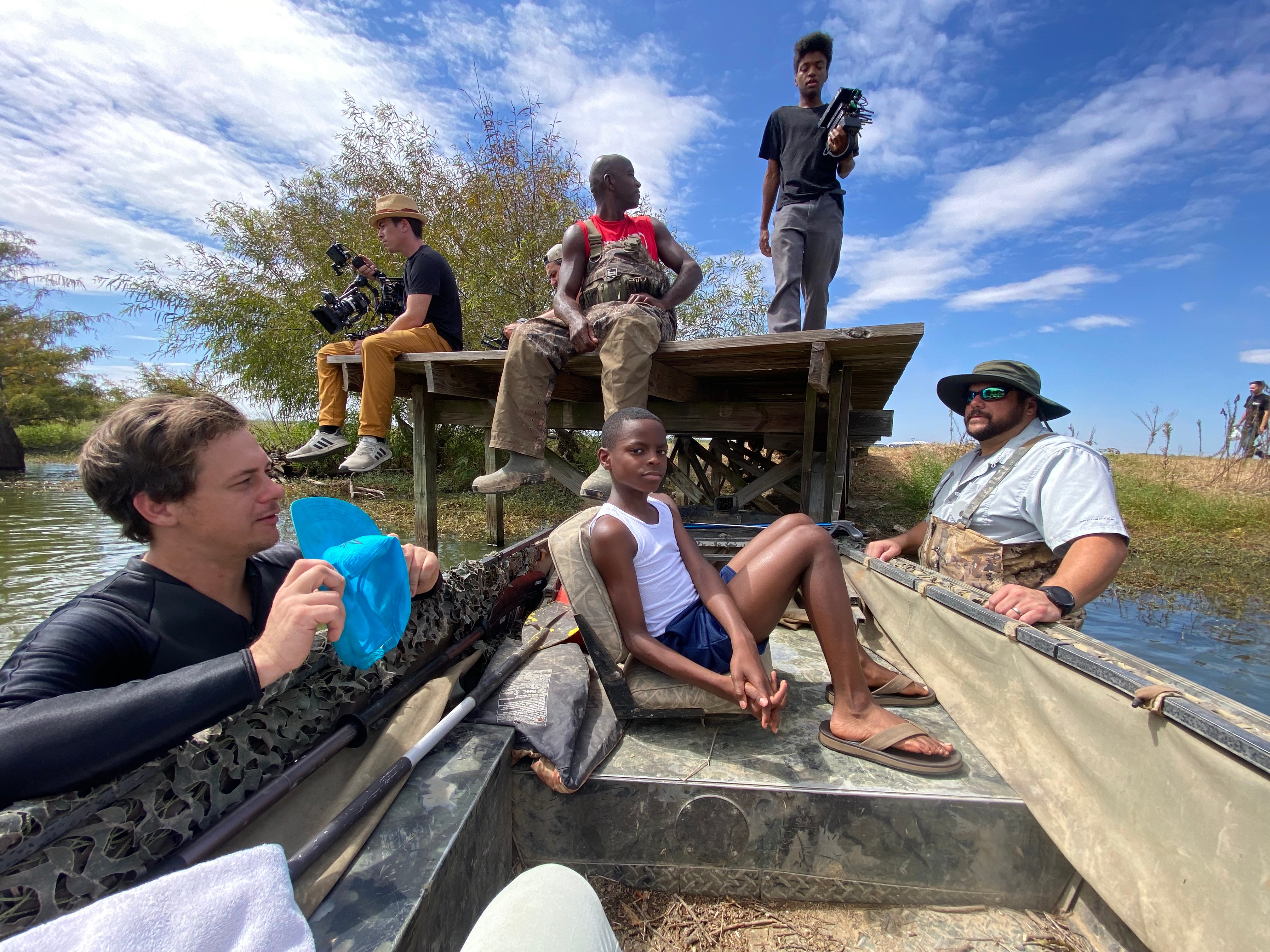
Finding Support in the Edit
Opting to forgo external RAW or ProRes, Davis shot the entirety of Songbirds on the internal XAVC codec of the FX3. While it was a choice born out of necessity, Davis only discovered how powerful her toolkit was.
"I was grading as I was going along, and it looked beautiful. The MP4s absolutely work fine. We didn't lose (any image quality). It was impressive.”
With Songbirds out in the world, Davis is now preparing her next project. Fueled by the lessons and discoveries of this short, the FX3 remains her constant creative companion.
If you're thinking of exploring the Sony FX6 cinema camera, check out this article: 7 Workflow Tips to Help you Transition From the FX3 to the FX6
